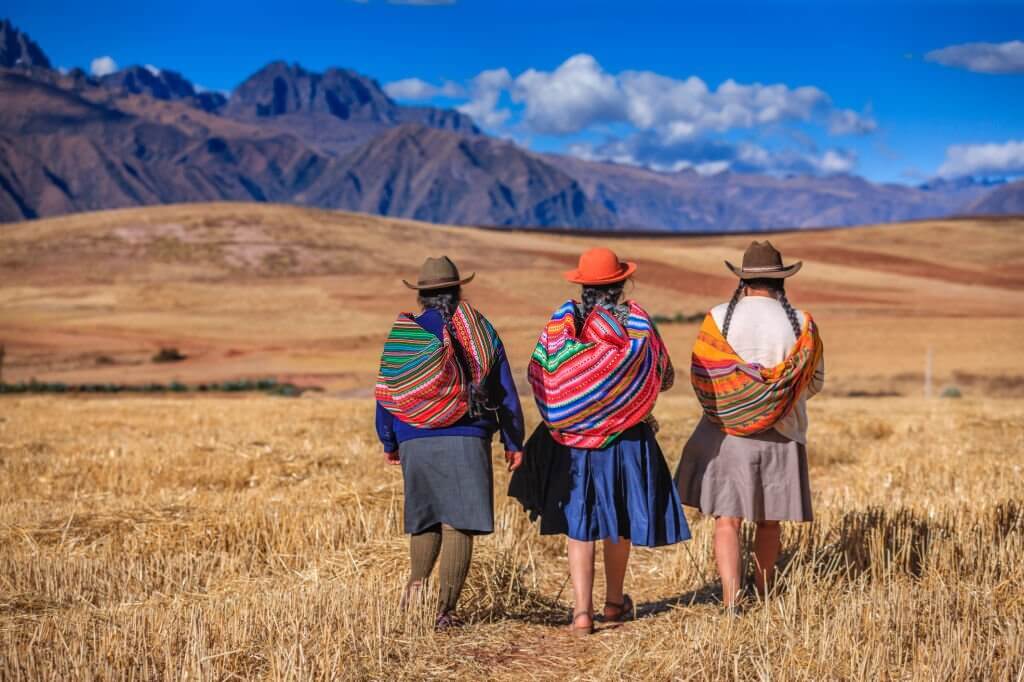
News and Blogs
Specimen Collection and the Ongoing Battle Against Tuberculosis in Indigenous Populations

Ancient Adaptations and Modern Efforts
Tuberculosis (TB) remains a significant health concern for many Indigenous communities around the world. Recent findings suggest that ancient Andeans adapted to TB thousands of years ago, while present-day Inuit communities in Canada are still grappling with high rates of the disease. Understanding the history of human-pathogen co-evolution and the current challenges faced by Indigenous populations can help develop effective strategies to combat TB.
A genomic study published in iScience revealed that Indigenous populations in present-day Ecuador adapted to the tuberculosis bacterium long before the arrival of Europeans. The study found that gene selection for TB-response pathways began to increase around 3,000 years ago, when agriculture started to proliferate in the region. These findings suggest that understanding human-pathogen co-evolution could provide insights into novel treatments for infectious diseases, including TB.
In contrast, Inuit communities in Canada are struggling with some of the highest rates of TB in the world. The Canadian government has recently pledged $16.2 million over three years to reduce TB rates in these communities. However, Inuit Tapiriit Kanatami (ITK), a national lobby group representing Inuit, argues that this funding falls short of what is needed to eliminate TB in Inuit Nunangat by 2030. ITK is advocating for additional funding to support infrastructure, food security, and school food programs.
To effectively address TB in Indigenous communities, it is crucial to combine insights from ancient adaptations with modern efforts. Lessons from the Andeans' ancient immune response to TB can be used to develop new treatments and prevention strategies. Meanwhile, increased funding and support for Inuit communities can help improve living conditions, reduce overcrowding, and ultimately lower TB rates.

What We Can Do
Developing vaccines that mimic the ancient Andean immune response to TB, or identifying new drug targets that exploit the unique adaptations found in ancient Andean genomes, would require a detailed understanding of the genetic basis of these adaptations. Once specific genes and pathways have been identified, several approaches can be used to develop vaccines and drugs.
One approach is to use genetic engineering techniques to modify existing vaccines or develop new vaccines that target specific genetic variants or pathways found in the ancient Andean genomes. For example, scientists could modify the BCG vaccine, which is currently the only available TB vaccine, to target specific genes or proteins associated with TB immunity in ancient Andeans.
Another approach is to develop small molecule drugs that target specific genetic variants or pathways identified in ancient Andean genomes. This could involve using computer-aided drug design to identify compounds that bind to and modulate specific targets, such as proteins involved in the immune response to TB.
A third approach is to use gene therapy to introduce specific genes or genetic variants found in ancient Andean genomes into cells or tissues of patients with TB. This could involve using viral vectors to deliver the genes to target cells or tissues, or using CRISPR/Cas9 genome editing to introduce specific genetic changes into patient cells.
Overall, developing vaccines and drugs that mimic the ancient Andean immune response to TB, or exploit the unique adaptations found in ancient Andean genomes, will require a multidisciplinary approach that combines genetics, immunology, drug discovery, and clinical research. However, the potential benefits of such approaches could be enormous, potentially leading to more effective treatments and prevention strategies for TB in Indigenous communities and beyond.
Understanding the history of human-pathogen co-evolution and the challenges faced by Indigenous populations today is essential for developing effective strategies to combat TB. By learning from ancient adaptations and advocating for increased support, we can help improve the health and wellbeing of Indigenous communities affected by tuberculosis.
Join Us in the Fight Against Tuberculosis on World Tuberculosis Day
News Source
- 1. Genomic study reveals signs of tuberculosis adaptation in ancient Andeans
- 2. ITK says only ‘modest investment’ in federal budget to eradicate tuberculosis
Related Posts
Everything You Need To Know About Cervical Specimen Collection
The Science of Detection in Forensic Drug Testing and Specimen Collection Methods
A Comprehensive Guide to Specimen Collection for Gastrointestinal Pathogen Detection
Nasopharyngeal Swab vs Oropharyngeal Swab: Which is Better In Specimen Collection?
What is An Effective Specimen Collection and Transport System?
Can Tongue Swabs Improve Tuberculosis Detection in Children?
Join Us in the Fight Against Tuberculosis on World Tuberculosis Day






